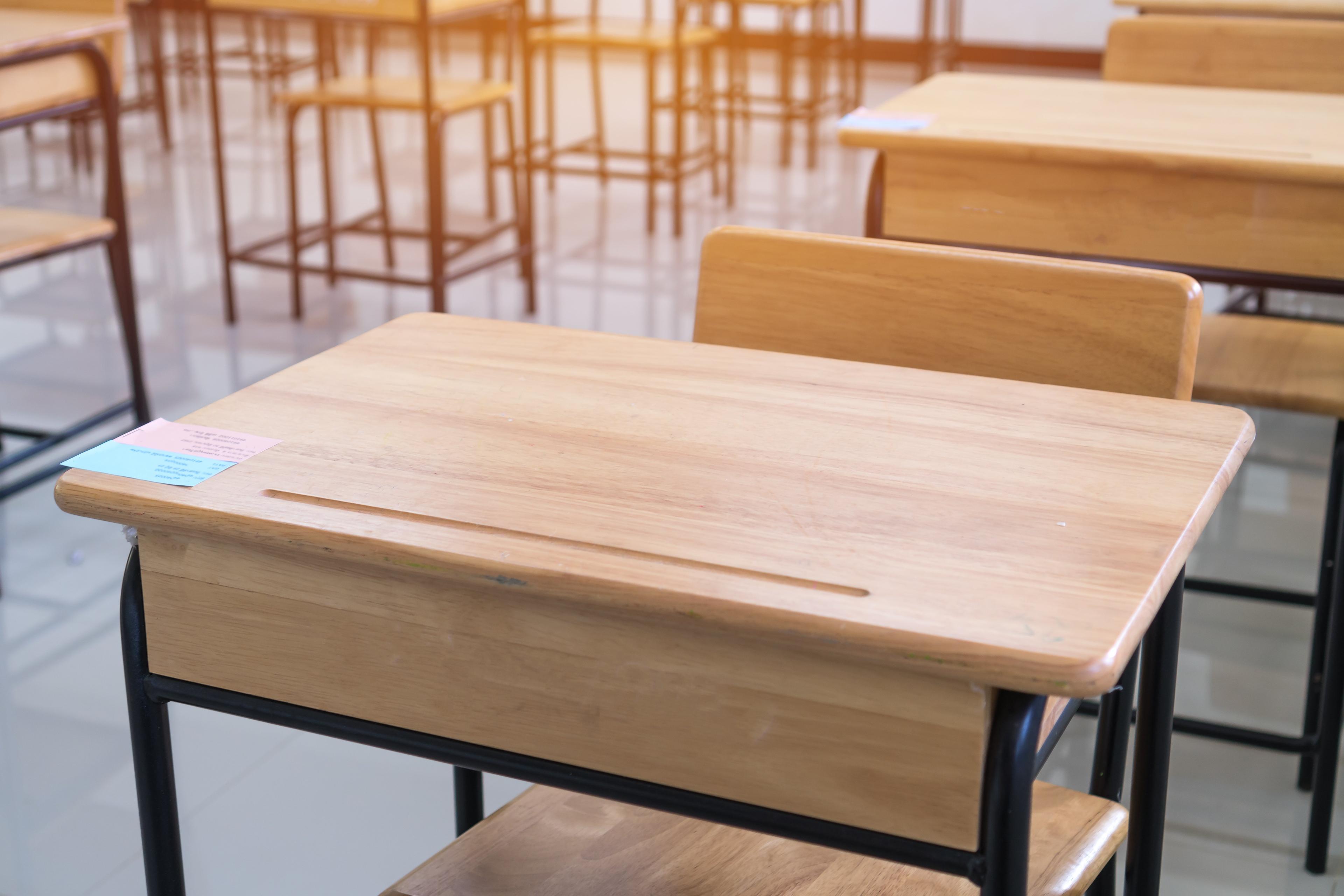How school transportation can contribute to equitable education
When it comes to education, inequity is a long-standing issue that likely stems from centuries-old systems, beliefs and prejudices within the education system. The U.S. may have desegregated schools nearly 70 years ago, but equitable education remains an issue, with systematic racism, discrimination, bias and hostility still permeating classrooms across the country. Meanwhile, minority populations lack access to basic resources like the internet and transportation to and from school.
As the nation begins to recognize the problems related to equitable education and attempts to undo this methodical oppression, school transportation has a huge role to play. By providing accessible transit to all children who need to get to and from school no matter where they live or what their family or living situation may be, school transportation can contribute to educational equity. On a small scale, schools support academic achievement. On a larger scale, they allow everyone the opportunity to succeed, regardless of their original circumstances.
Equitable education can ultimately lead to a stronger, kinder, more innovative society.
Equality vs. equity
Most people use the word “equality” to discuss equity in education. However, there are notable distinctions between this and the term “equity.” Equality focuses on giving everyone the same rights, opportunities and resources. However, this often doesn’t address specific needs for individuals.
That’s where equity comes into play. This term refers to providing people with resources that match their circumstances. Schools that prioritize equitable education are more in tune with students’ needs, and are therefore better positioned to offer adequate tools to help them overcome challenges so they have a fair shot at success.
How can school transportation help?
How kids get to school is a crucial, under-appreciated part of ensuring educational equity. Schools can contribute in many ways such as creating safer routes, adding more stops to a bus schedule, supporting free public transportation for students and utilizing alternative forms of transportation that better meet the modern needs of school districts and students.
Survey students, parents and teachers
The best way to increase educational equity in school transportation is to determine how accessible it already is. And the quickest way to do that is to survey students, teachers and parents within the school system. Is there a bus stop within walking distance of every child’s home? Are kids’ current routes to school safe?
The transportation system may be lacking in one area or another, and survey results will quickly reveal where there’s room for improvement.
Improve communication
Recent studies reveal a lack of communication between engineers, data scientists and policymakers. Consequently, much of the data collected from students, parents and teachers fails to reach those capable of inciting and facilitating change. Schools must connect with policymakers and share information in order to boost equitable access to school transportation.
Ultimately, improving communication might involve partnerships between school systems and ride-sharing or automotive companies. It might also result in policymakers reallocating funds to support these types of partnerships or to invest in updated transportation infrastructure.
Provide safe places for walking and biking
Increasing safe and convenient places to walk and bike in low-income neighborhoods can keep student commuters safe while promoting a sense of community. Creating more sidewalks and adding more bike lanes can improve safety, as can crossing guards at busy intersections.
Extend bus routes
Extending bus routes to a wider radius can help promote transportation and educational equity. In addition to providing rides to marginalized students, adding more kids to a bus route will also expose students to different thoughts, viewpoints and languages. For instance, bilingual students will have more opportunities to practice their social skills with unilingual peers, who might pick up some of the language themselves.
Ultimately, this intermingling can help improve bilingualism and communication on both sides while breaking down both language and socioeconomic barriers.
Upgrade public transit systems
School transportation can also petition cities to provide free public transportation to students when bus routes aren’t an option.
For example, major cities like Washington, D.C., have begun offering free ride programs for students as a way of providing safe, accessible transportation. This solution also allows students to travel to museums, libraries and community events, which means even more access to enrichment and educational opportunities.
Free public transportation can give students better access to more affordable and nutritious food, too. This perk is especially beneficial for low-income families that lack the resources to travel in order to locate and purchase healthier foods.
If students can ride to the grocery store for free, they can effectively alleviate food insecurity — a plight that affects more than 35 million Americans. Having easier access to healthy food means students can direct more attention to educational endeavors, which can lead to academic success.
Utilize alternative school transportation
Some students have specific transportation needs, such as school of origin transportation for youth in foster care or youth experiencing homelessness (covered under the McKinney-Vento Act). In addition, some students have transportation requirements in their IEPs. The transportation needs of these students may not be best served by a traditional school bus.
School of origin, or school of choice, transportation often involves going outside of district boundaries, and sending a bus for that one student is inefficient. The same is often true of IEP transportation, which may require getting a single student to and from an appointment.
This is where alternative school transportation solutions, or non-routine school transportation, comes in. A solution like HopSkipDrive enables equitable access to educational opportunities for all students, including those from these vulnerable populations.
Securing a brighter future
Accessible school transportation for all children is crucial to securing a brighter future for the next generation of students.
That being said, teachers, bus drivers and school boards can only do so much to ensure equitable education. Ultimately, it’s up to voters and the government to enact new legislation and provide the necessary funding.
Parents, educators, students and drivers can call on elected officials to make these kinds of changes. They can also raise awareness of disparities and prejudices in the community by speaking up and campaigning for change. Together, we can make a difference and give every child a chance to succeed.
About the Author

Ginger Abbot is an education and lifestyle writer with a passion for learning. Read more of her work on Classrooms.com, where she serves as Editor when she’s not freelancing.


